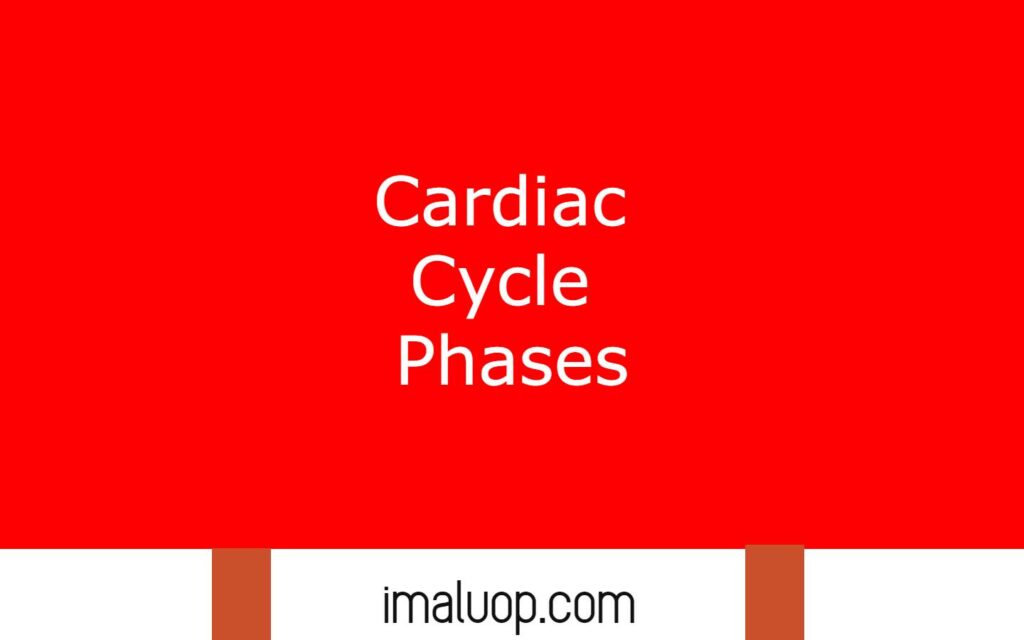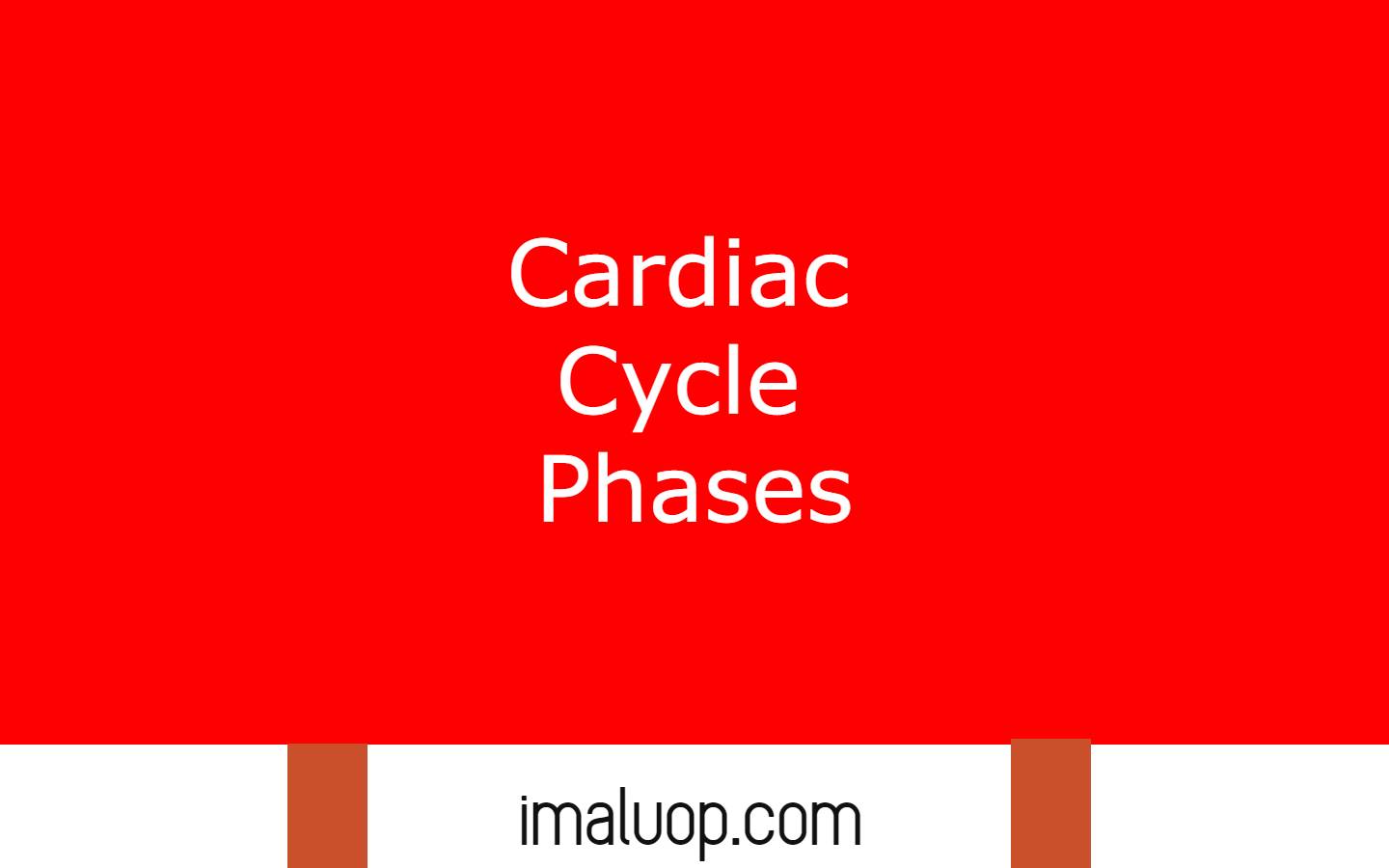Now we are going to discuss cardiac cycle and different cardiac cycle phases, activity of heart tissue in each stage of cardiac cycle and duration of each cycle but before we discuss more about different phases of cardiac cycle we will discuss the basic idea about cardiac cycle.
Table of Contents
What is Cardiac Cycle:
Tissues present in our heart show special patterns in their activities and it is very useful to maintain our heart rhythm to maintain constant blood pump consistently. But when any defects occur in any part of our heart tissue the cardiac cycle does not follow its appropriate rhythm which causes abnormal function of our heart and causes difficulty in pumping the blood throughout our body so to understand the defects in our we should know about each phase in our cardiac cycle.
A complete cardiac cycle means the complete systole and diastole of our heart which is in general 72 times per minute and heart beats also have the same frequency and duration as a heart beat or a complete cardiac cycle a complete blood circulation through the body occurs.
In a healthy person each part of the cardiac cycle has a fixed time when the time required for each cycle is either more or less than normal time then it indicates different types of heart disorders and our heart is not able to pump the blood efficiently.
In a healthy heart the time required to complete a cardiac cycle is around 0.8 second and during this time span the heart shows a complete contraction and relaxation of both atria and ventricle and cardiac cycle taking more than 0.8 second indicates inefficiency in heart function.
Different Phases of Cardiac Cycle:
Human heart is four chambered with upper two atria and lower two ventricular chambers, both the right and left atria take blood and send the blood into right and left ventricle through the atrioventricular valve and then the ventricle pumps the blood.
Any heart chamber shows relaxation which is known as diastole and the diastole creates a negative pressure inside the heart chamber so blood fills into the chamber and when any heart chamber contracts it is known as systole and causes positive pressure which pumps the blood outside the chamber.
The deoxygenated blood from whole body comes to right atrium through the superior and inferior vena cava while oxygenated blood reach in left atrium through the pulmonary veins and then both the atrium show systole which pump the atrial blood into the ventricle, after filling ventricle both the ventricle show systole and due to this systole right ventricle send the deoxygenated blood in lungs through pulmonary artery while the left ventricle contract forcefully to send the oxygenated blood throughout the body by main artery.
Atrial Diastole:
It is a 0.7 second event in cardiac cycle when both the atrium show relaxation and cause negative pressure inside both atria which cause entry of blood into the right and left atrium.
Atrial Systole:
It is the phase of the cardiac cycle when the right and left atrium fill blood from vena cava and pulmonary vein respectively and show contraction or systole to pump the blood into ventricles and it lasts 0.1 second in a normal healthy heart.
Isovolumic Contraction:
When both the ventricles fill with blood the ventricular muscle tissue in the heart shows repolarization and it triggers contraction of the ventricle slowly but in this stage no significant volume change in the ventricle.
Ventricular Ejection:
When the ventricle starts to contract the blood starts to pump into the outside of the ventricle slowly and with time the ventricular chamber becomes empty and after some time the ventricle becomes much empty to start relaxation again.
Isovolumic Relaxation:
In this phase of the cardiac cycle the ventricle shows emptiness which triggers relaxation of cardiac muscle in both ventricles and both the ventricles diastole slowly.

Ventricular Filling:
In this stage the ventricle relaxes much enough which causes a negative pressure inside the ventricles and it results in rushing of blood from both atria into the ventricular chamber and both the ventricles fill by blood slowly.
Read More: Cardiac Output Determinants
Hi Everyone!!! Welcome to Imaluop. Imaluop always try to learn some new and he want to share to other people. Here we will try to learn various topics on Science, specially on Biological Sciences.
